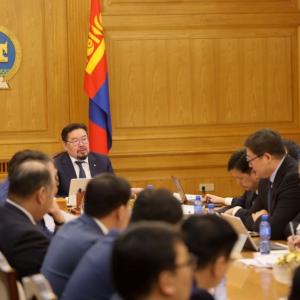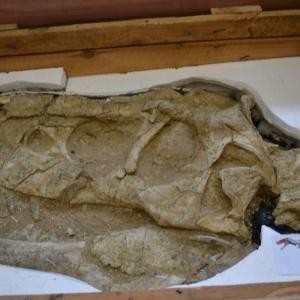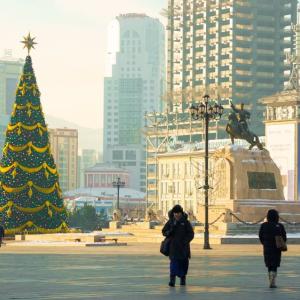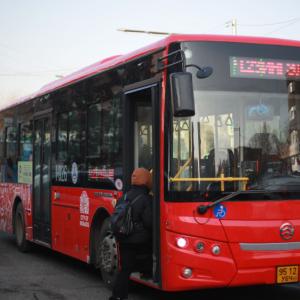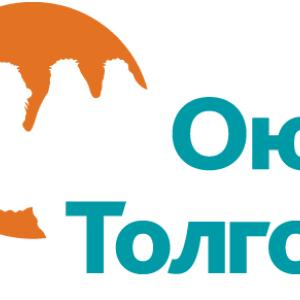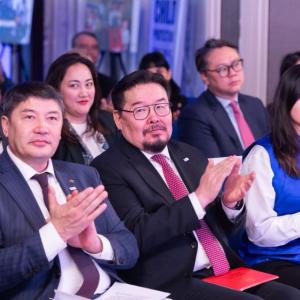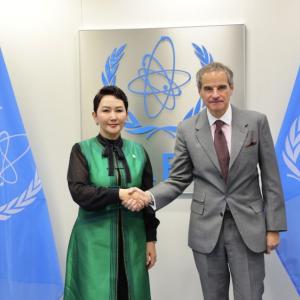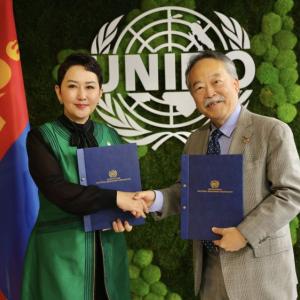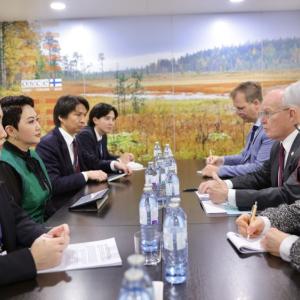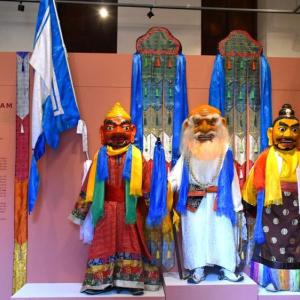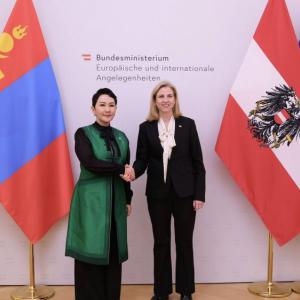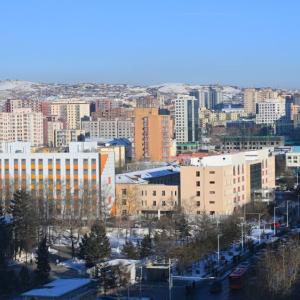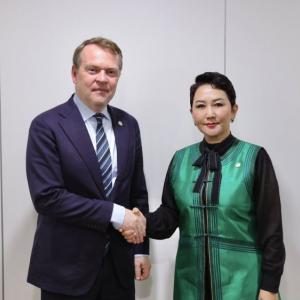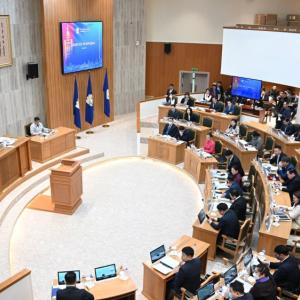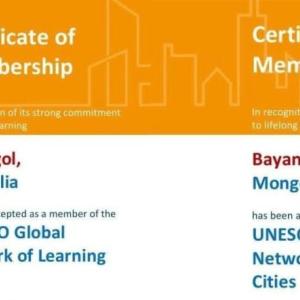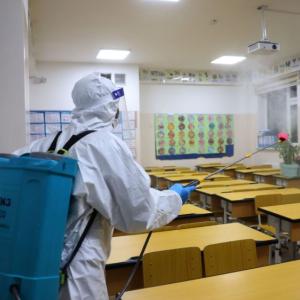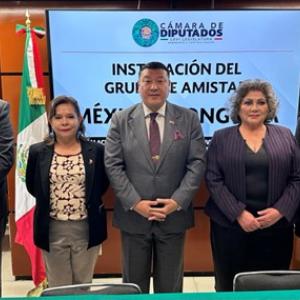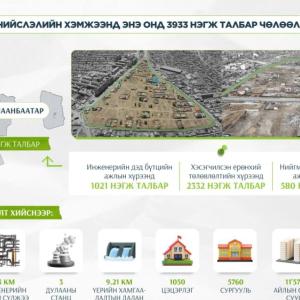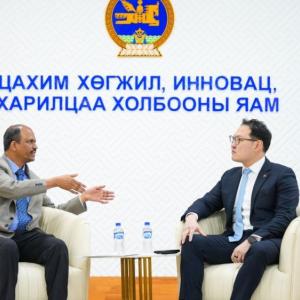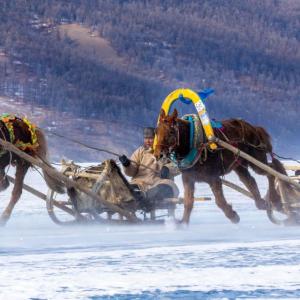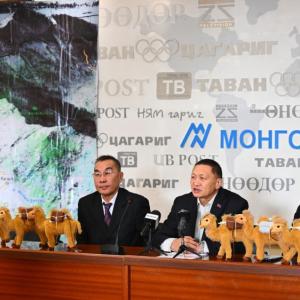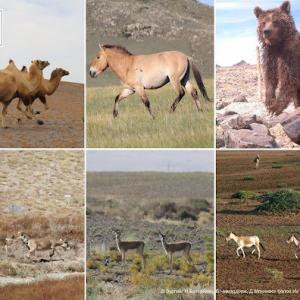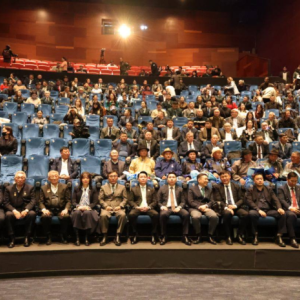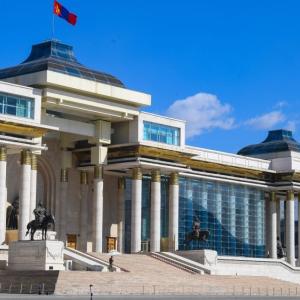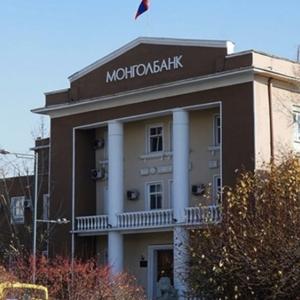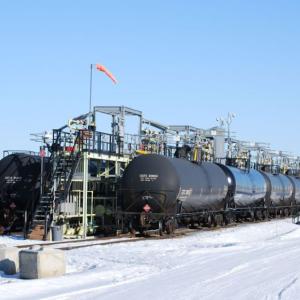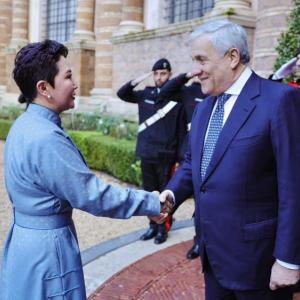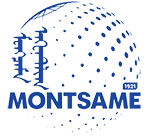“White Gold” National Movement to Double Mongolia’s Wool and Cashmere Exports
Politics
The President has initiated the “White Gold” National Movement to enhance the value of livestock-derived raw materials. The successful implementation of the Movement will increase the production and export of internationally competitive, high-value-added products with traceable origins and quality certifications. As a result, the value of livestock-derived raw materials will rise, improving herders’ incomes and livelihoods while elevating the agricultural and light industry sectors to a new level.
“Sor Cashmere” LLC sources 800 tons of cashmere annually from 13 aimags, in addition to processing approximately 200 tons of camel wool, over 30 tons of yak down, and more than 200 tons of sheep wool. The company produces pure yarn and finished products, exporting to 17 countries while supplying over 150 domestic knitting workshops with cashmere, camel wool, and yak-down yarn. The company’s officials introduced plans to expand their dehairing facility.
“Snow Fields” LLC collaborates with 360 herder households across three soums in Dornod aimag, processing wool and cashmere while producing 50 tons of finished products annually for export to Japan, Russia, Ukraine, France, the United States, Switzerland, Germany, and South Korea. The company also manufactures 70 tons of wool, cashmere, and yak down yarn for the domestic market annually. “Snow Fields” LLC plans to establish a processing line for recycling knitted materials, converting used wool and cashmere garments into yarns for new products.
“Ulaanbaatar Hivs” JSC produces pure wool carpets under the brands Altanbulag, Altan Urguu, Sayan, and Ulaanbaatar, supplying an average of 55,000 to 60,000 square meters of carpets annually, which accounts for 10-12 percent of the total domestic carpet production. The company exports 30-35 percent of its products to China and is currently upgrading its equipment to increase production capacity. The company’s officials expressed their support for the “White Gold” National Movement, highlighting its timely implementation and potential benefits, such as the development of agriculture and light industry, as well as increased incomes for herders.
This year, enterprises will receive a total of MNT 800 billion in loans, with over MNT 100 billion already disbursed as of February 1, 2025.
President Khurelsukh expressed gratitude to the enterprises and entrepreneurs who create jobs, collaborate with herders, manufacture final products for both domestic and international markets, and contribute to the economy by paying taxes. Over the course of three years, the “White Gold” National Movement aims at generating more than 8,000 jobs.
The “White Gold” National Movement is expected to:
Increase the cashmere processing rate from the current 20 percent to 40 percent, raising total production from MNT 1.5 trillion to MNT 2.3 trillion and exports from USD 398 million to USD 690 million, creating over 3,000 new jobs.
Increase the wool processing rate from 25 percent to 55 percent, raising production from MNT 240 billion to MNT 670 billion and exports from USD 52 million to USD 119 million, leading to about 2,200 new jobs.
Improve the leather processing rate from 30 percent to 50 percent, increasing revenue from MNT 57.8 billion to MNT 900 billion and exports from USD 9.6 million to USD 22.4 million, generating approximately 3,000 new jobs.
Additionally, the volume of exported livestock-derived raw materials is projected to double, reaching approximately USD 800 million.
The total budget of the “White Gold” National Movement amounts to MNT 2.19 trillion, of which MNT 680 billion will be financed by the State Budget.
Commercial banks will allocate MNT 1.5 trillion in loans to enterprises, while foreign loans and aid-funded projects will be aligned with the program’s objectives. Mongolia has an annual capacity to produce approximately 50,000 tons of wool and cashmere, including 37,000 tons of sheep wool, 10,000 tons of cashmere, 2,000 tons of camel wool, and 400 tons of yak down. However, more than 70 percent of these raw materials are currently exported in washed but unprocessed form.
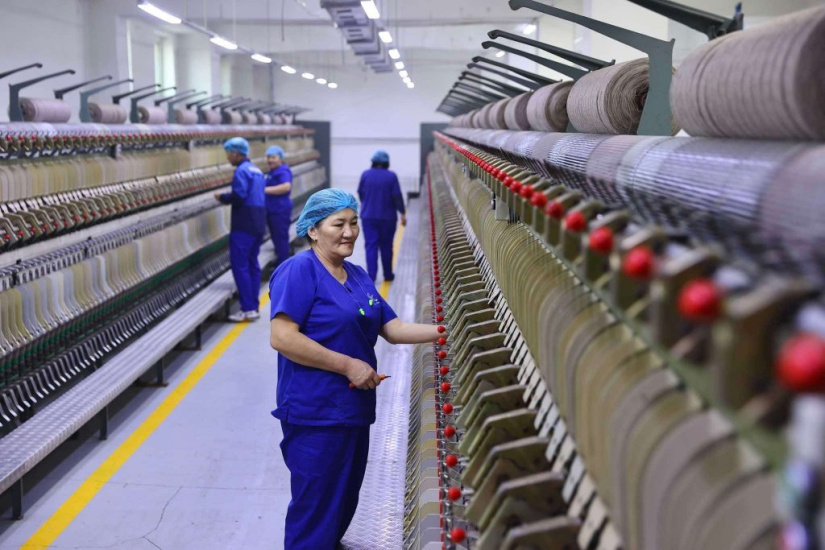
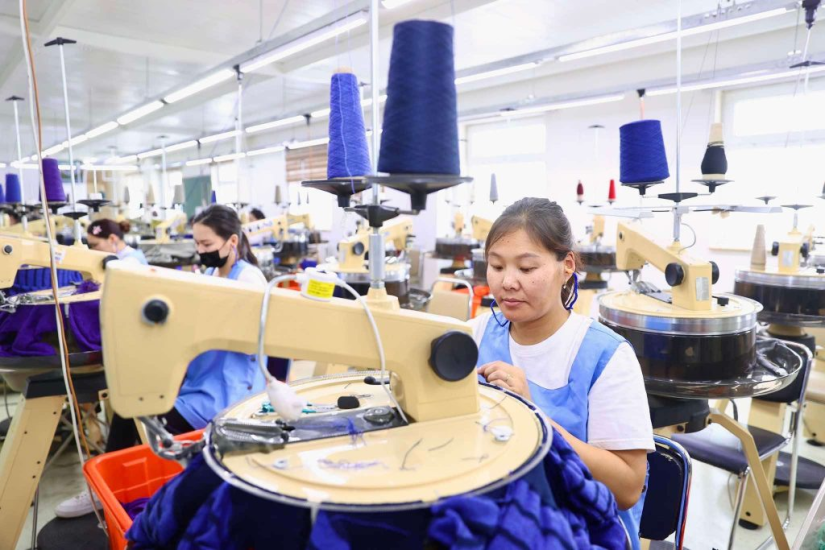
 Ulaanbaatar
Ulaanbaatar








